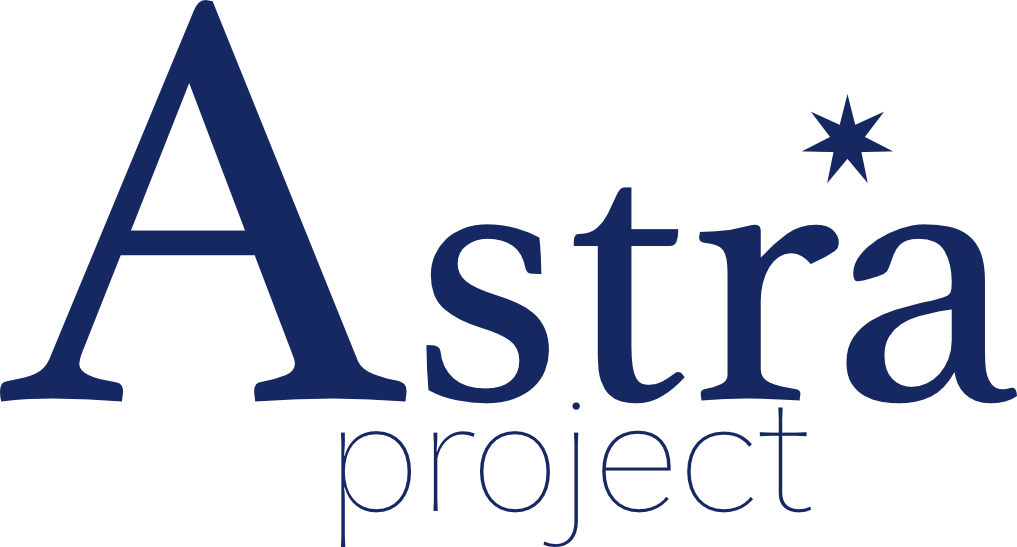In this episode we talk with Nicolas Weill-Parot about the “scientia imaginum”, that is, the manufacturing of talismans, often considered a part of the astrological elections. Nicolas Weill-Parot is a Historian of Science and professor at the Ecole Pratique des Hautes Etudes. He compares the attitudes of Thomas Aquinas and Albert the great on this matter and stresses the distinction between addressative and non-addressative talismans, that is, those created by a ritual containing “magic words” and those created by strictly “natural” means. The former were forbidden, because they were considered to represent a pact with the spiritual/demonic realm, while the latter were tolerated, even encouraged, as they represented a safe form of magic. The boundaries between these two concepts began to blur by the end of the fifteenth-century, and were eventually subverted by Marsilio Ficino’s Neoplatonistic philosophy.
For details on Nicolas Weill-Parot work see https://ephe.academia.edu/NicolasWeillParot and https://www.ephe.psl.eu/ecole/nos-enseignants-chercheurs/nicolas-weill-parot.
He is the author of one of the foundational books on the history of talismans: Weill-Parot, Nicolas, Les “Images astrologiques” au moyen âge et à la Renaissance (XIIe-XIVe siècle), Paris 2002.



